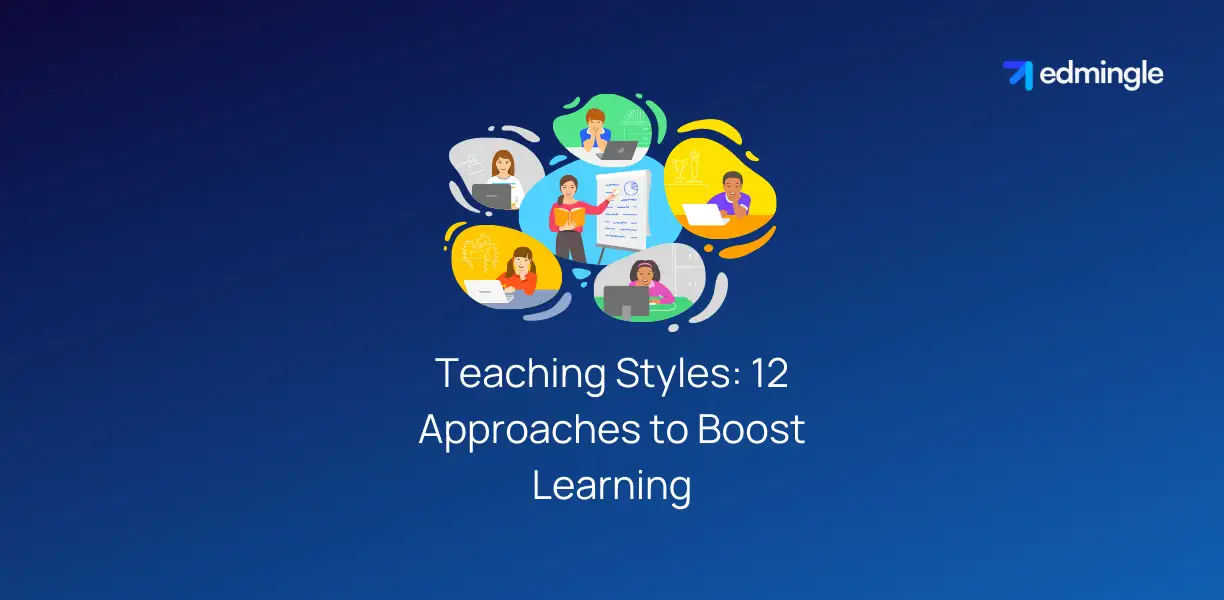
With LMSs, digital classrooms are fast becoming as common as traditional ones. This makes it more crucial than ever to understand & apply diverse training methodologies.
Not just to keep learners engaged. But to revolutionize how knowledge is imparted and absorbed.
It’s essential to pin-point this since the ‘one-size-fits-all’ approach to education is obsolete. Today’s learners need training programs having both; uniqueness & impactful.
In this blog on teaching styles, we’ll explore the major training strategies you can employ to boost learning. Whether it be offline, online or hybrid course/training program. You’ll be able to steer through smoothly.
What is a Teaching Style?
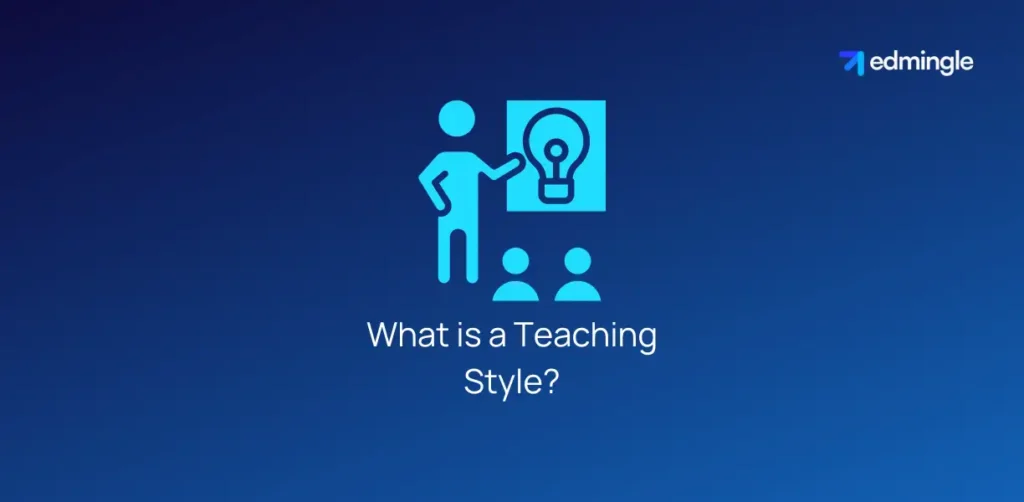
It refers to the distinct manner & approach that an educator adopts to facilitate learning. It includes methods used to deliver content, engage students & assess their understanding & progress.
A teaching method is influenced by various factors like the:
- teacher’s own beliefs about education,
- subject matter,
- educational environment (traditional classroom setting, online platform or blended learning scenarios), and
- needs and learning styles of learners.
The choice of style can significantly impact educational outcomes. By influencing both; how well students learn & how much they enjoy the learning process.
Effective educators often blend multiple styles to cater to diverse learning needs. This also helps them adapt to the evolving educational landscape.
Also read about the difference between teaching and training.
12 Major Types of Teaching Styles
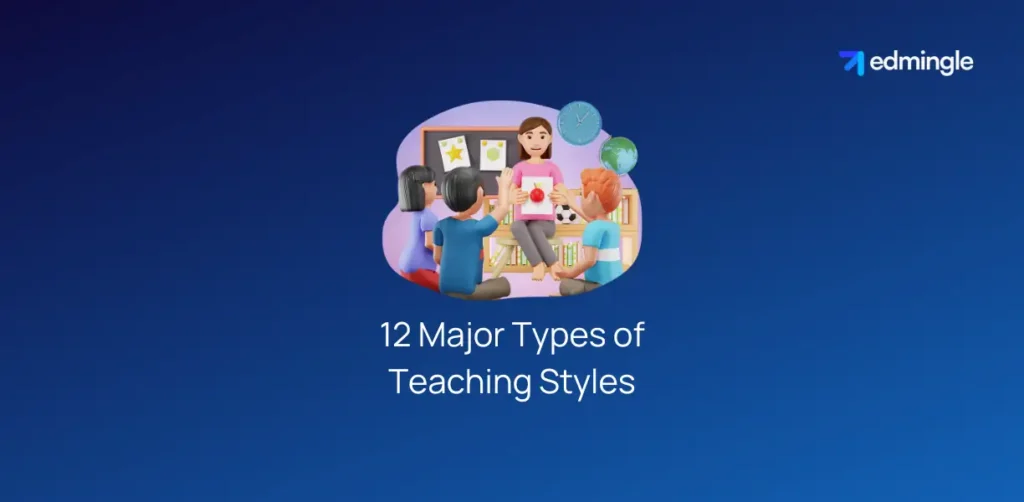
The world of education is dynamic and ever-evolving. Amidst this, teaching styles play a pivotal role in shaping a learner’s experience.
It dictates not just how information is delivered. But also how it’s received and internalized by students. Beyond just course delivery, these delve into the heart & soul of education.
Some of the widely recognized types of teaching styles are:
1.Authoritative or Authority Style
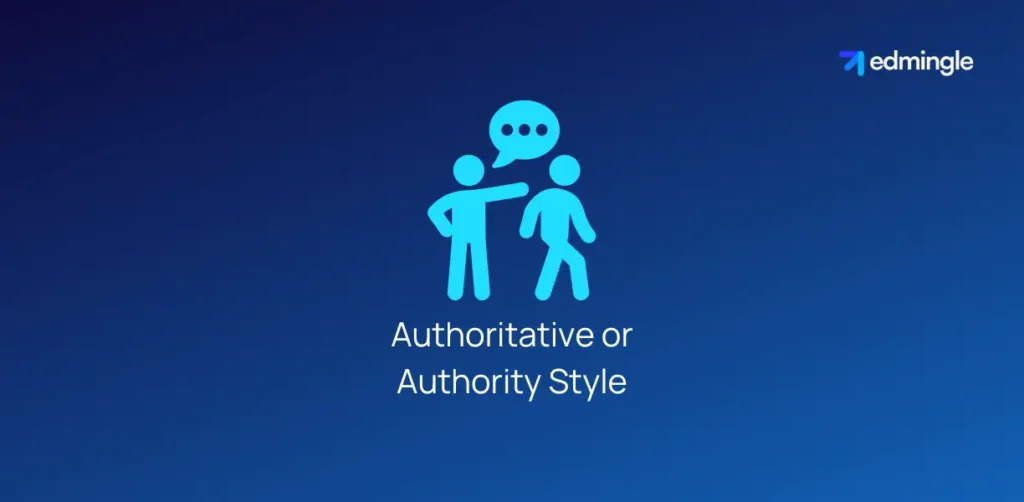
This method focuses on clear expectations, strict rules and direct teaching. The teacher maintains full control over the classroom, emphasizing discipline and order.
2.Coach Style
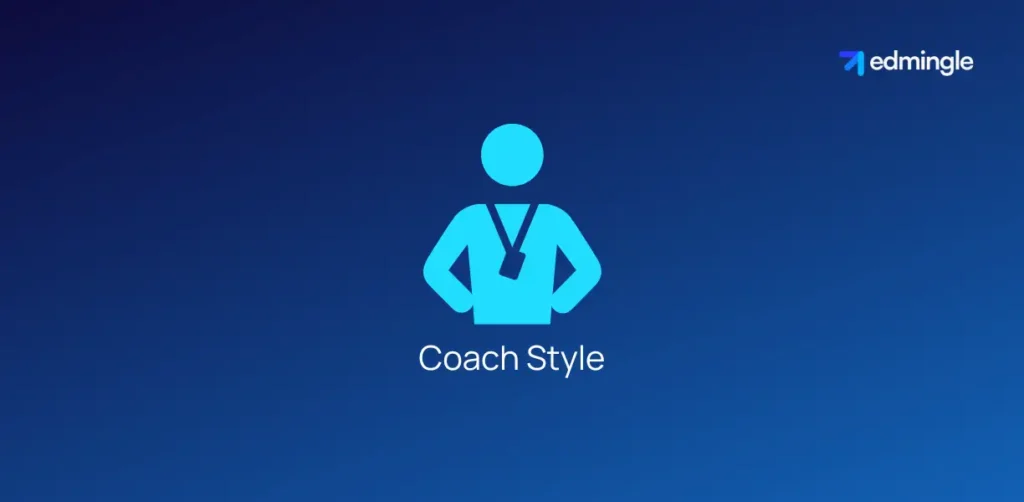
In this, the instructor acts more as a mentor or coach. He/she guides learners through the learning process with encouragement & hands-on activities/examples. Thus, focusing on developing skills and critical thinking.
Also read about the perfect LMS strategy to balance screen-time & hands-on learning.
3.Demonstrator
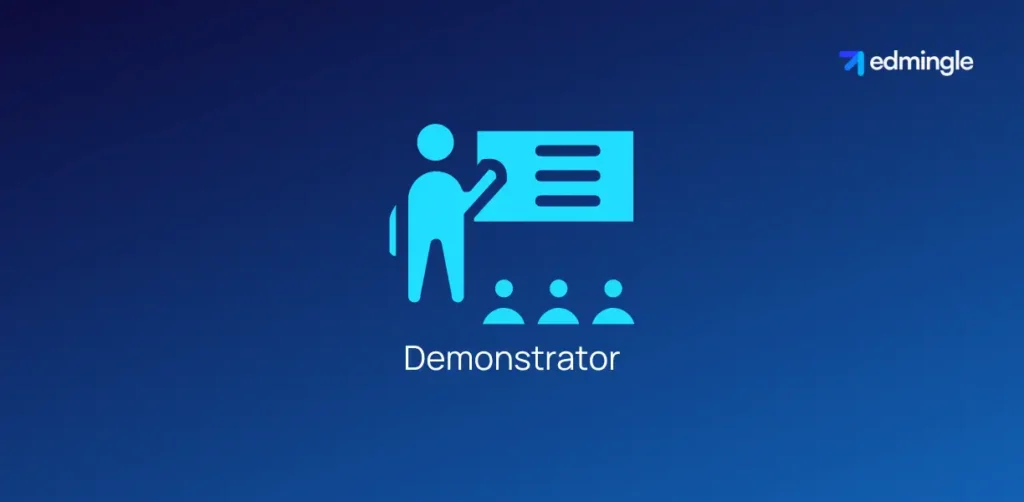
This teaching strategy combines lecturing with demonstrations. To provide students with examples of what is being taught. It often incorporates multimedia presentations, experiments and demonstrations.
4.Facilitator or Activity Style
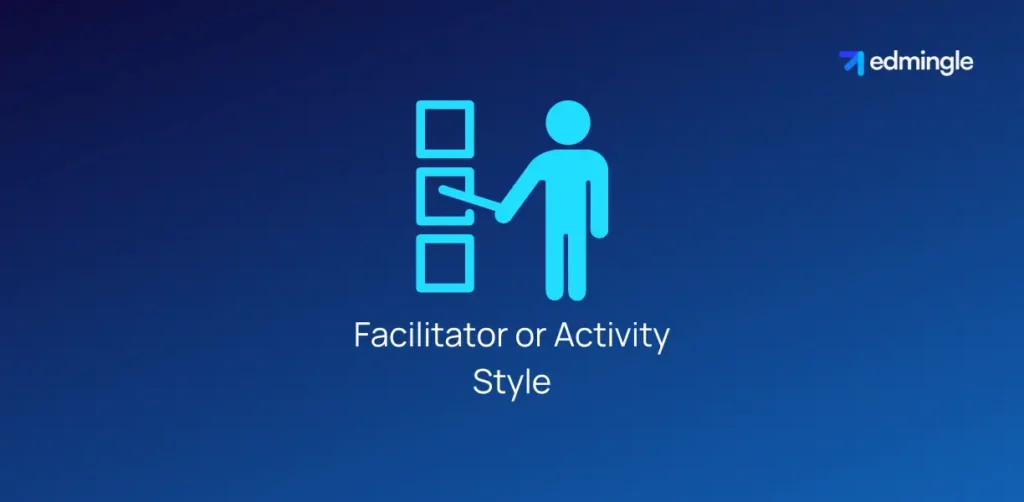
It promotes self-learning and helps students develop critical thinking skills. By facilitating group discussions, projects and problem-solving activities. It fosters a more interactive learning environment.
Explore how social learning drives learner engagement & retention.
5.Delegator Style or Group Style

The instructor here assigns tasks and projects that promote collaboration among students. He/she acts in an observer role by providing resources & guidance. While encouraging teamwork and independent problem solving.
If you’re interested to know how LMS platforms can help develop an individual’s personal & professional skills. Check our blog on soft skill training topics.
6.Lecturer
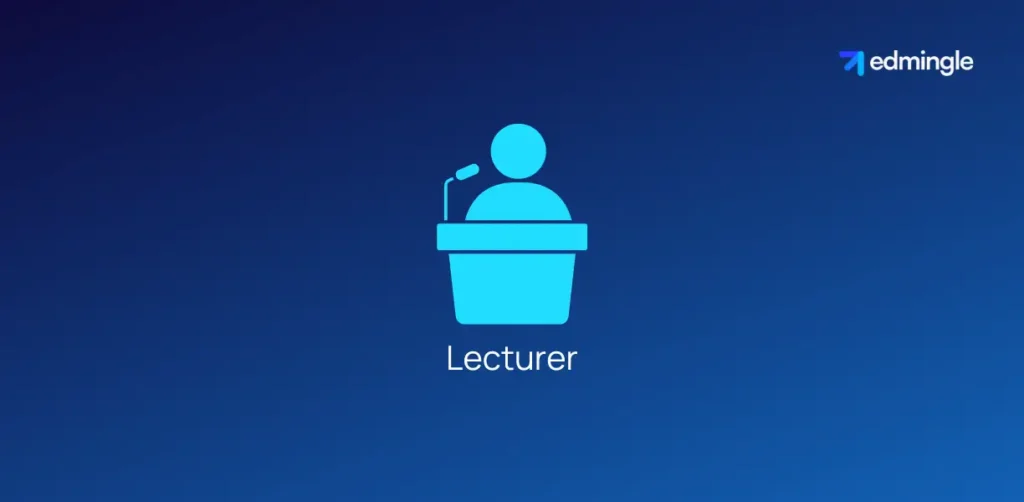
The trainer relies on verbal instruction as the primary method of teaching in this model. Delivering direct instruction to students in a structured format. This is often used in higher education and large class settings.
Related articles:
7.Inquiry-Based Instruction

This encourages students to ask questions, explore and research to discover new knowledge. This style focuses on developing investigative skills and curiosity.
8.Blended Style or Hybrid Style
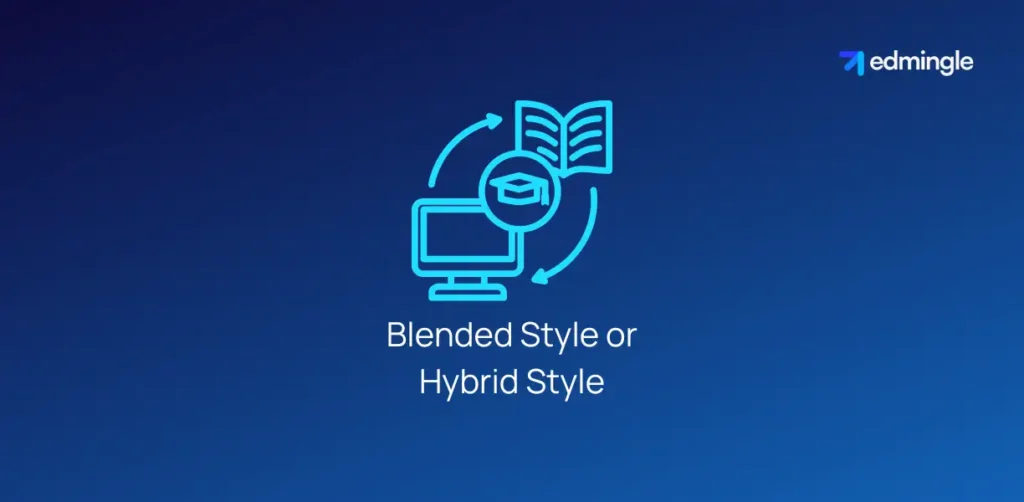
It integrates traditional classroom teaching with online learning activities & resources. Hence, allowing learners to have some control over the pace, place & path of learning.
Also read about the hybrid learning model.
9.Flipped Classroom
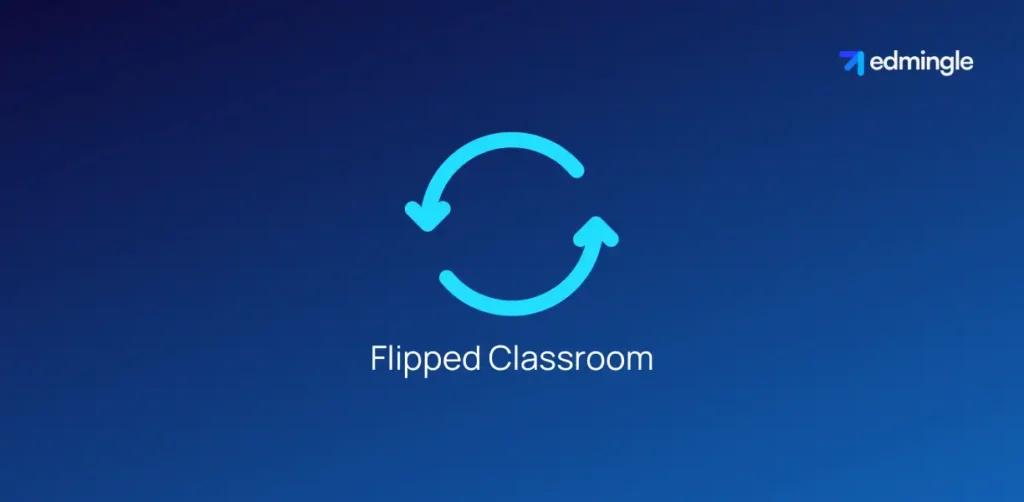
This inverts traditional teaching methods. By delivering instructional content outside of the classroom (often self-paced or online). And instead, moving homework into the classroom. This engages learners in guided practice or projects.
10.Differentiated Instruction
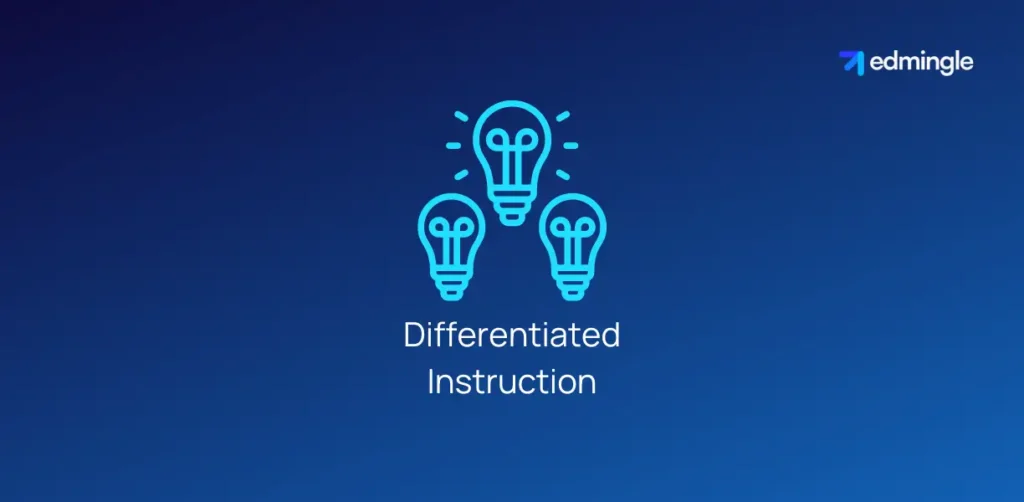
This type tailors teaching methods, resources & learning activities. To meet the diverse needs of individual students. Thus, recognizing that students have varied backgrounds, learning styles and abilities.
Related article: Tailored Training – Using Data Analytics to Personalize Learning.
11.Montessori Method
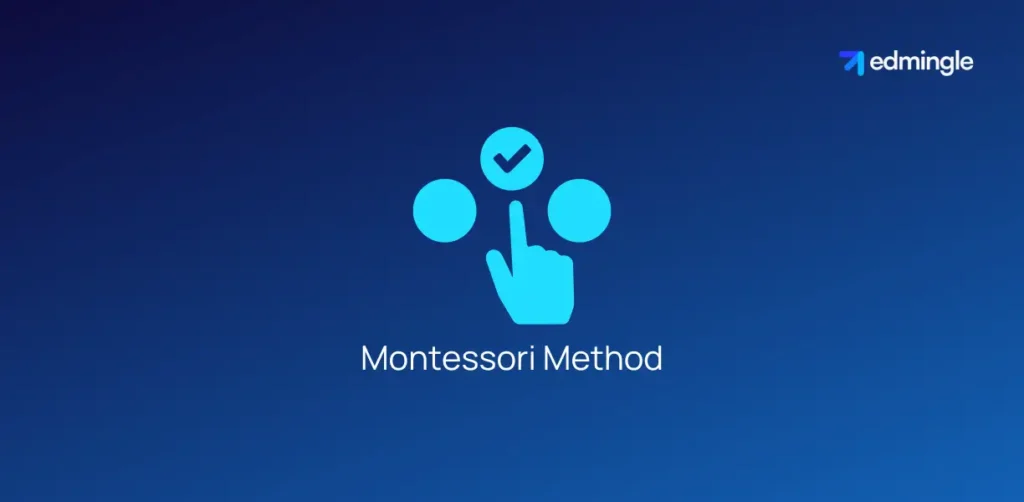
This training methodology emphasizes child-led learning. By allowing learners to choose their activities within a prescribed range of options. The teachers, however, guide the process in a prepared environment.
12.Reggio Emilia Approach
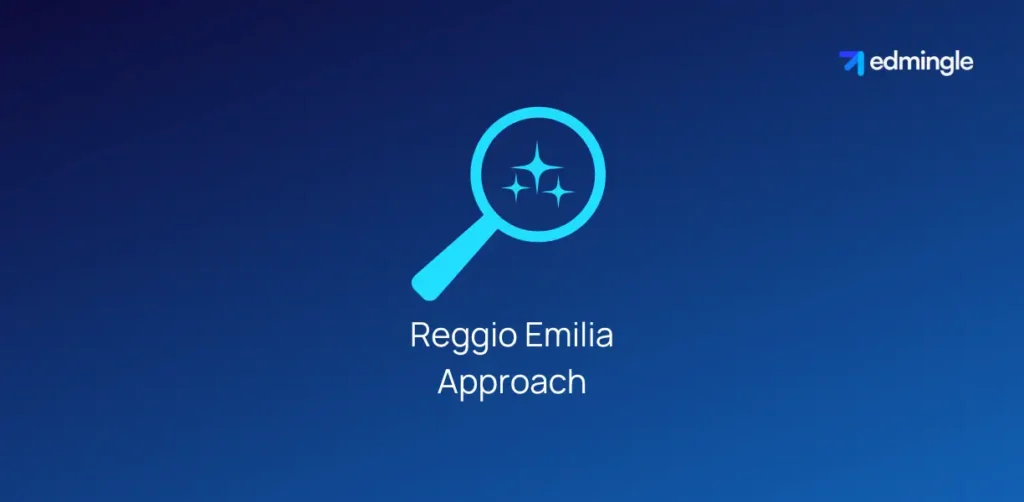
It focuses on preschool and primary education. Mainly by emphasizing self-expression, community, exploration and discovery. Within a supportive and enriching environment.
Also read about LMS for K-12 education.
These represent the spectrum of approaches educators adopt to enhance learning & engagement. Highly effective teachers blend elements from a mix of teaching styles to best meet the needs of their learners & objectives of their courses.
Select the Right Teaching Methodology
Now that we know about the 12 widely recognized teaching styles, selecting the right one might seem challenging.
It indeed is a process demanding a deep understanding of both your educational goals & your learners’ needs. The table below will help you navigate the selection process effectively:
| 1.Assess Learner Needs & Characteristics | Evaluating the learning styles, preferences and backgrounds of your learners. While considering factors such as age, cultural diversity, learning disabilities and prior knowledge. Explore about e-learning accessibility to make learning inclusive for learners with disabilities. |
| 2.Define Your Educational Objectives | Have clarity on what skills or knowledge should your learners acquire by the end of your course or lesson. |
| 3.Consider the Subject Matter | Different subjects require different approaches. Practical, hands-on subjects may benefit from a demonstrator or facilitator style. While theoretical subjects might lean towards a lecture or inquiry-based learning. |
| 4.Evaluate the Classroom Environment | The class activities, size, physical/virtual setting & available resources can significantly influence your choice. Larger classes may necessitate more structured styles. Whereas smaller groups can benefit from interactive methods that boost student participation. |
| 5.Flexibility and Adaptability | Be open to changing your approach. Based on the effectiveness of your lessons, student feedback and evolving technologies. |
| 6.Incorporate Diverse Learning Styles | Learners have diverse ways of learning. Some are visual learners while others are kinesthetic or auditory learners. A versatile teaching approach integrates various methods to cater to this diversity. Thereby enhancing learning outcomes. |
| 7.Feedback is Key | Utilize feedback from students to gauge if you employ an effective teaching style. Via surveys, discussions and observation of learner engagement and performance. |
| 8.Professional Development and Continuous Learning | Learn from peers and stay informed about educational research. This can inspire innovative approaches and refine your teaching practice. Also read about LMS for Professional Development. |
| 9.Reflect on Your Strengths and Preferences | Reflect on your strengths and preferences in your approach to teaching. Find a style that feels natural & comfortable for you. |
| 10.Experiment and Evaluate | Experiment with different teaching styles to discover what works best. Regularly evaluate your methods’ effectiveness via both; self-reflection & learner feedback. |
Remember, this is not just about delivering education. But ensuring that the learning environment is dynamic and responsive.
Summary on Teaching Methods
This journey through various effective teaching methods is not just an academic exercise. But a crucial endeavor for any educator aiming to thrive in the modern learning landscape.
Each style offers a unique opportunity to enhance the learning experience & outcomes. This brings a shift, away from a ‘one-size-fits-all’ approach. Towards a more focused educational model.
With this blog, educators & trainers can ensure that their teaching styles not only meet educational demands. But also prepares learners for the challenges & opportunities of the future.
FAQs on Teaching Strategies
1.Which is the best teaching style?
The question about the “best” style is a relative one. A particular style can be considered best only if it effectively meets the needs of learners. And also if its able to keep them engaged and drive enhanced learning outcomes.
2.How does classroom diversity influence teaching methodology?
Classroom diversity encompasses different cultural backgrounds, learning styles, abilities and experiences. Hence, educators must adopt a thoughtful & student-centered approach along with inclusive teaching strategies. So as to ensure every student feels valued and understood.
3.How do different teaching methodologies affect learning?
Different methodologies influence student engagement, comprehension and retention of information. For example, active learning methodologies tend to enhance critical thinking and problem-solving skills. While traditional lecture-based approaches can be more effective for delivering lengthy information.
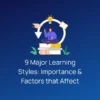
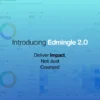




Leave a Reply